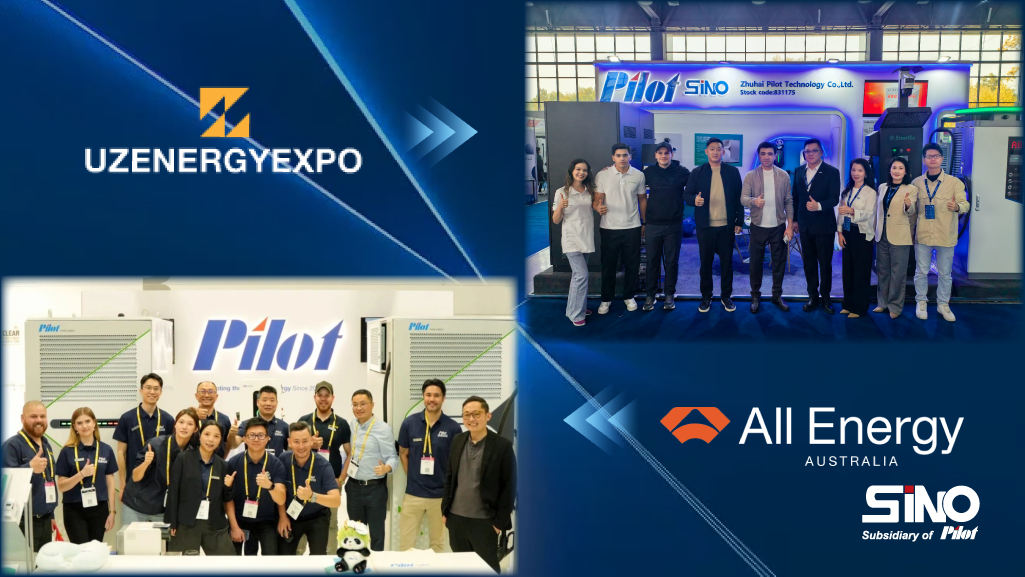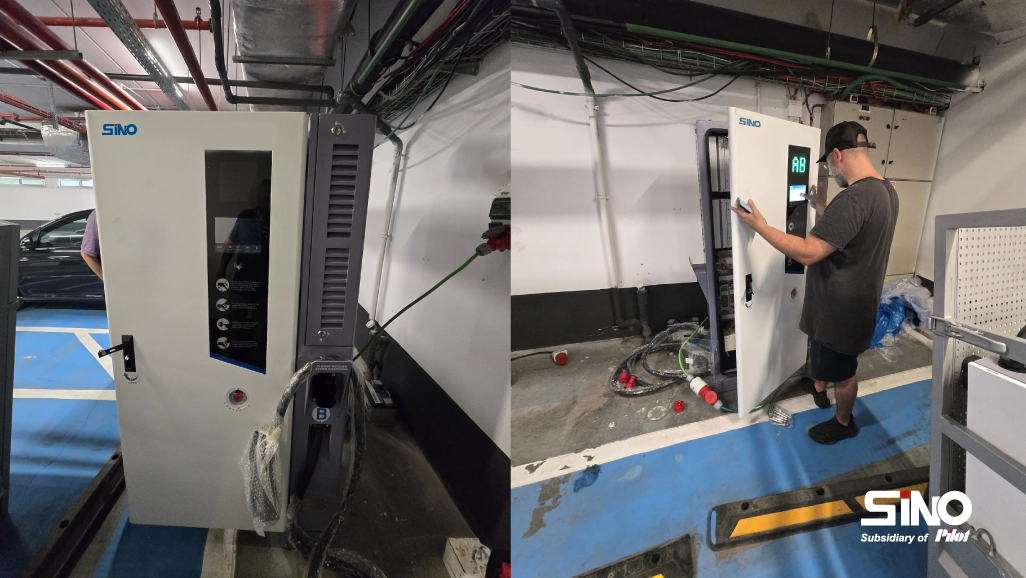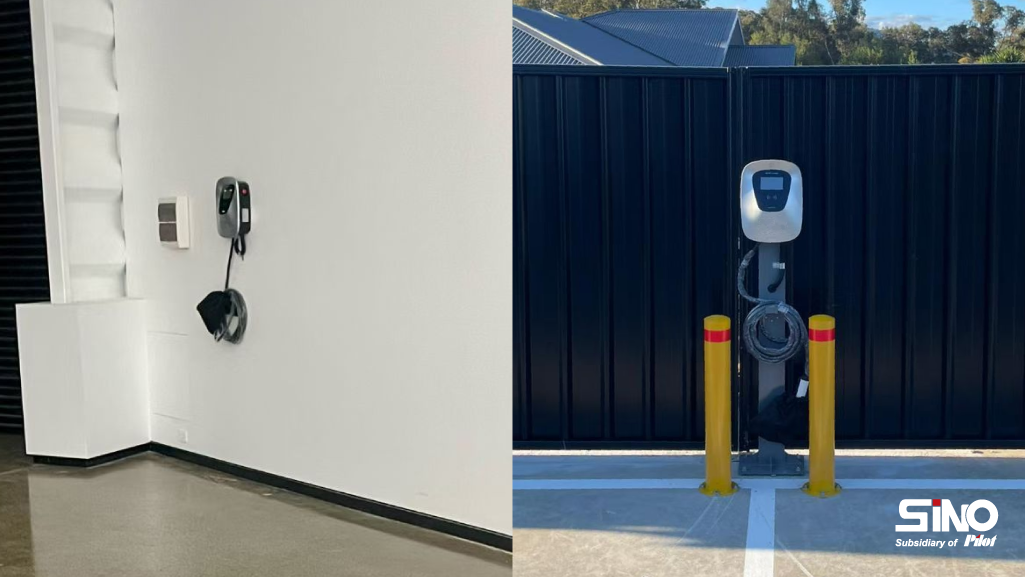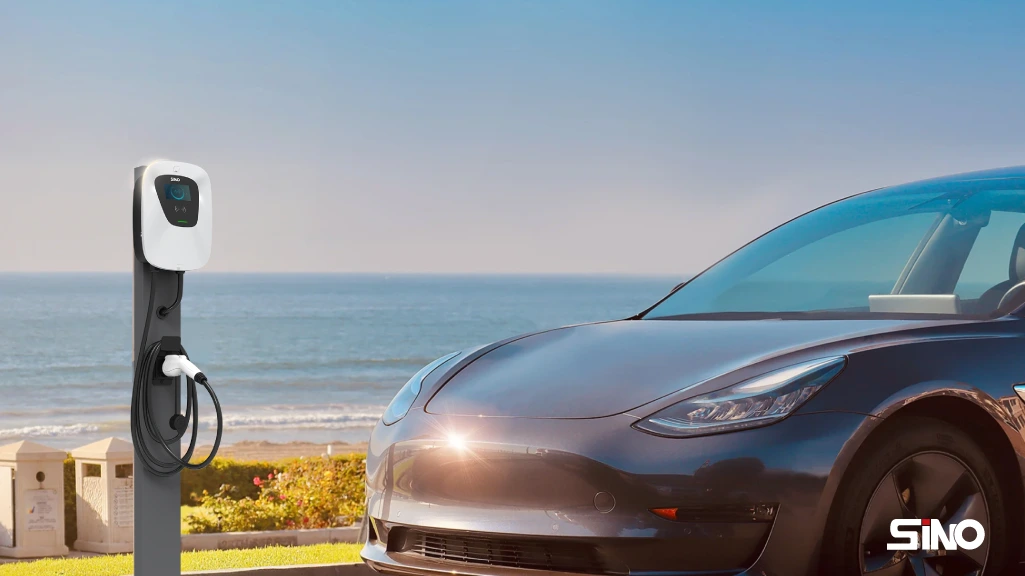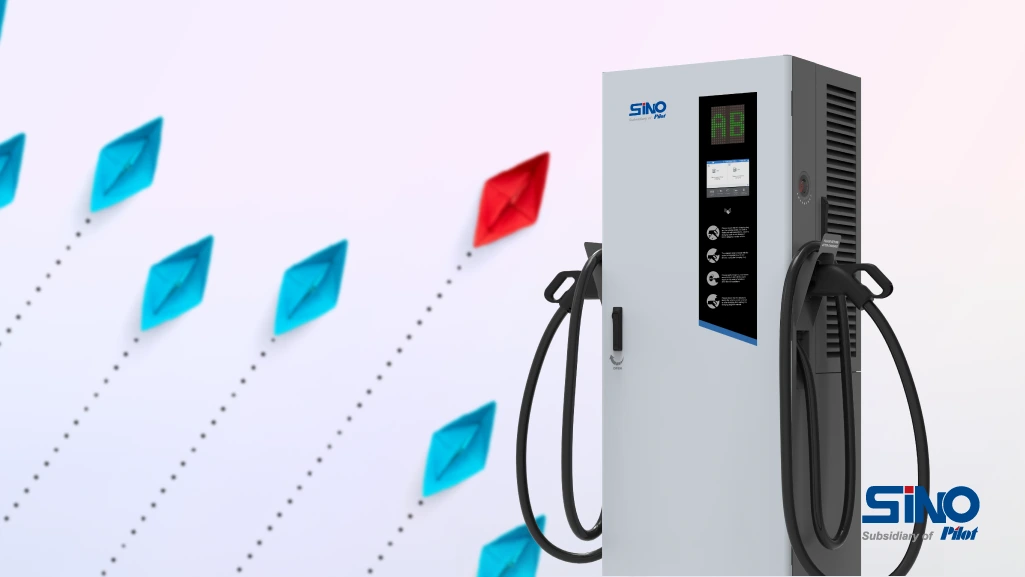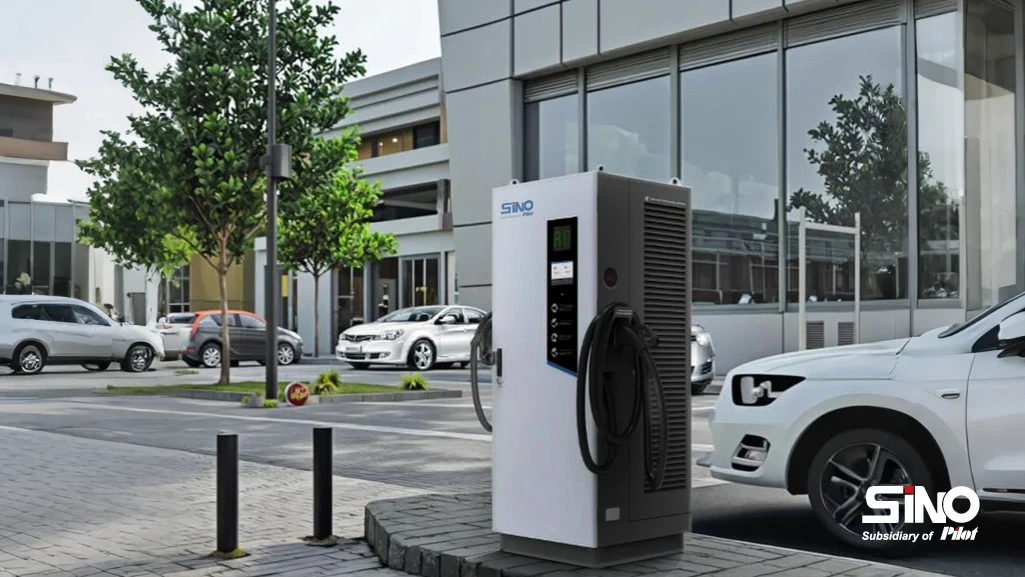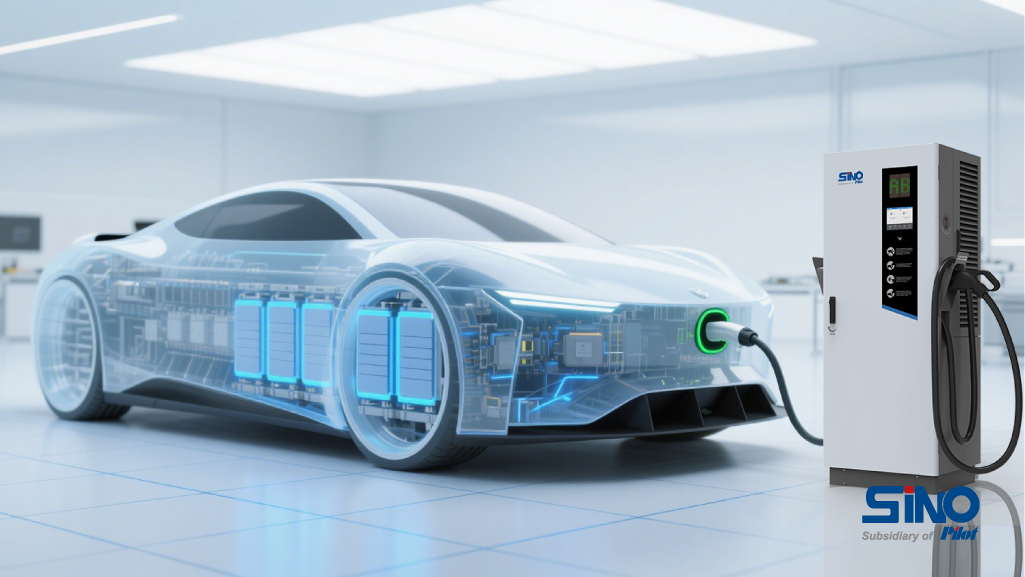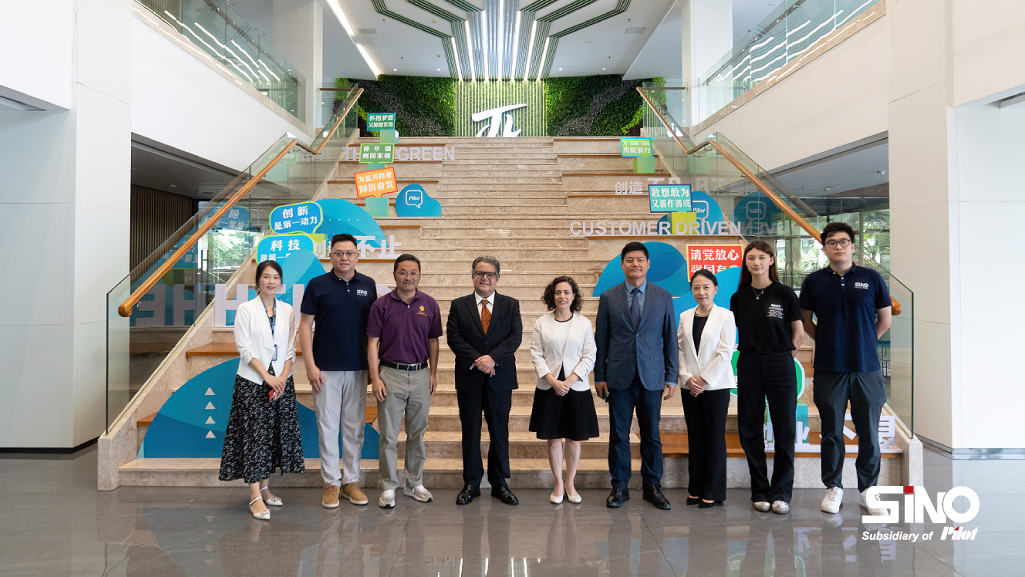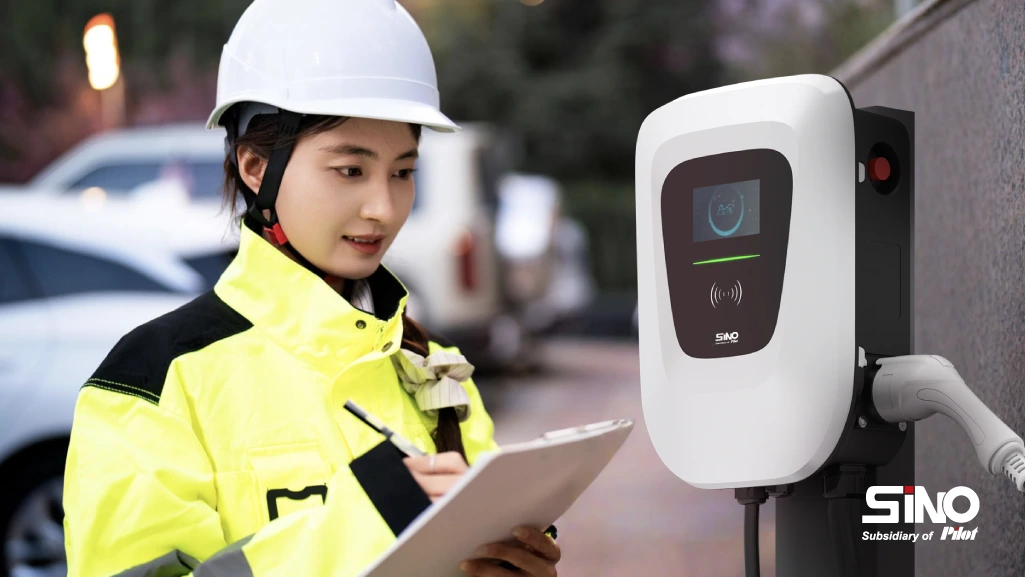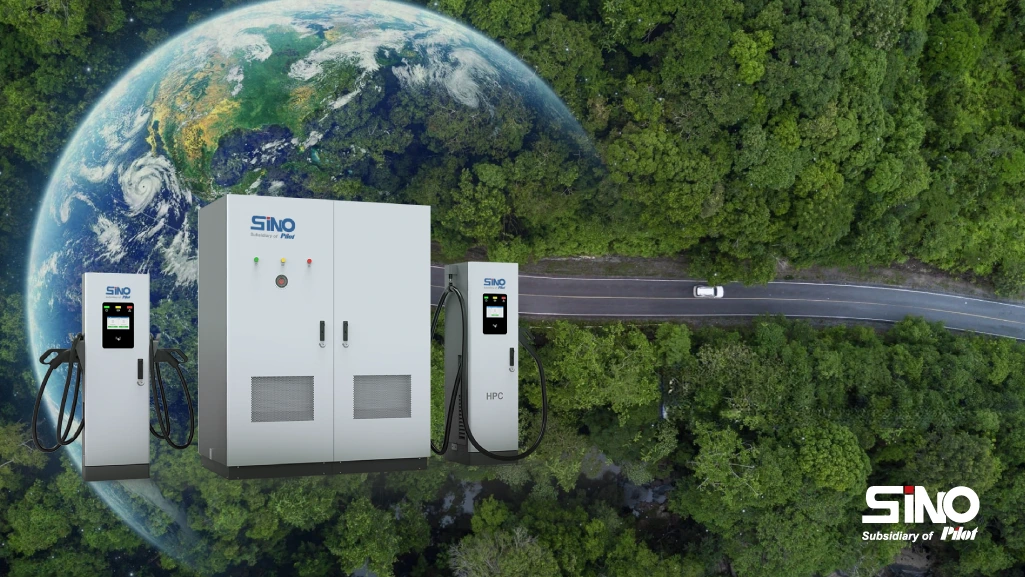With the rapid development of the electric vehicle market, charging stations, as one of the important infrastructures of electric vehicles, have gradually become the focus of public and corporate attention. Different types of charging stations have their own characteristics in design, function and applicable scenarios. Among them, traditional DC charging stations and split charging stations are two widely used mainstream choices. This blog will discuss in detail the differences between these two types of charging stations and their respective advantages and disadvantages, to help readers make more informed decisions when choosing a suitable charging solution.
Traditional DC charging station: a stable choice of integrated design
Integrated design brings convenience to installation
Traditional dc ev charging stations adopt an integrated design, integrating the power module, control system, heat dissipation device and charging interface in one shell. This design makes the equipment relatively simple to install, especially suitable for places with limited space, such as gas stations and parking lots. Just connect the power supply and communication lines, and it can be put into use quickly, greatly reducing the installation cost and time.
Trade-off between stability and heat dissipation
Due to the tight integration of various components in one device, commercial ev charging stations show high stability in operation. Manufacturers usually conduct rigorous testing and optimization of the whole machine design to ensure its reliability in long-term use. However, this integrated design also brings certain heat dissipation challenges. All functional modules are concentrated in one shell, which is prone to overheating under high load. Although the equipment is usually equipped with a heat dissipation system, the heat dissipation effect may be insufficient in a high temperature environment, thus affecting the life and performance of the equipment.
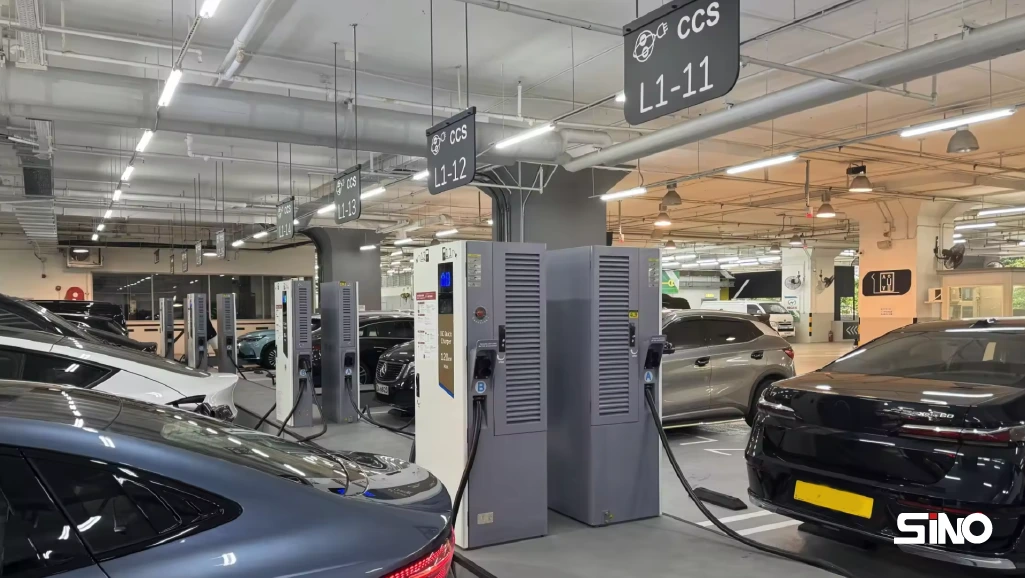
Inherent defects of limited scalability
The power output and functions of dc fast ev charging stations are fixed at the time of design, and it is difficult to increase the charging capacity by adding or replacing internal components. This means that when user demand increases, the entire device may need to be replaced, resulting in higher update costs. Therefore, DC ev charger are more suitable for scenarios where demand is relatively stable and unlikely to grow significantly.
Split charging station: flexible response to modular design
Modular design for flexibility and scalability
Different from traditional DC fast charger, split DC EV Charger adopt a modular design and independently separate functional components such as power conversion module, control module, display module and charging interface module. Each module is connected through a standard interface, and users can flexibly configure and install it according to actual needs. This design makes the split charging station extremely flexible, especially suitable for use in large charging stations or places that require high power output.

Significant advantages in ease of maintenance
The modular design of the split type DC fast charger not only excels in scalability, but also has obvious advantages in maintenance. Each module works independently. If a module fails, maintenance personnel can quickly locate and replace the module without dismantling the entire device. This not only reduces equipment downtime, but also reduces maintenance costs during long-term use.
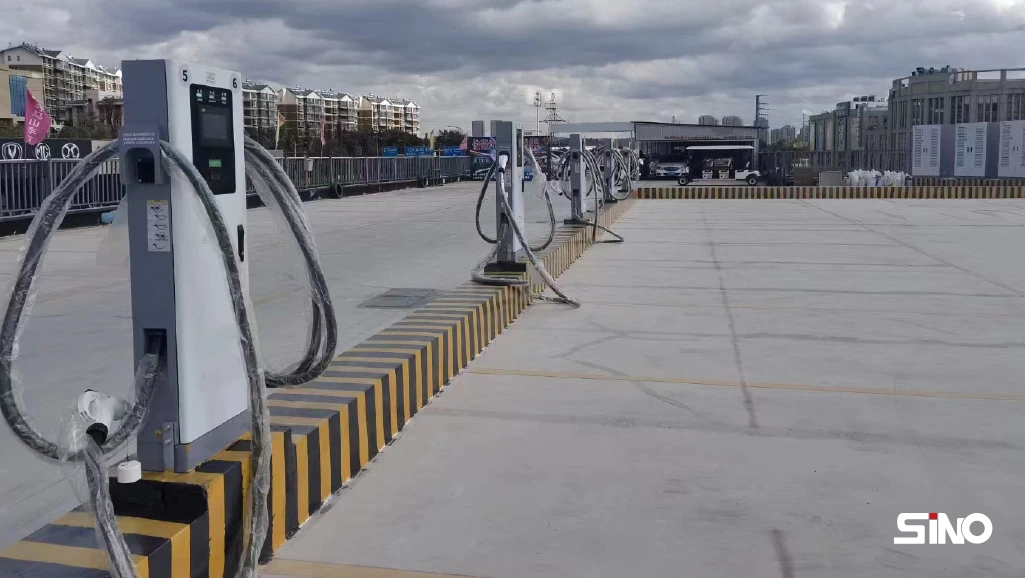
Challenges of installation complexity and connectivity issues
Although the split type DC fast EV charger performs well in terms of functionality, its installation process is complicated. Each module needs to find a suitable installation location and be connected, which places higher requirements on the installation environment and technical personnel. In addition, since each module needs to be connected through cables and communication lines, the increase in connection points may lead to unstable system operation. Therefore, special attention must be paid to the quality of the connection points during installation and maintenance to ensure the long-term reliability of the equipment.
Conclusion: How to choose the right charging station?
When choosing a charging station, users should weigh factors such as specific application scenarios, future expansion needs, and budget. Traditional DC charging stations are suitable for places with limited installation space and relatively fixed needs. Their integrated design provides high stability and installation convenience. However, in the face of growing charging needs, their expansion capacity is insufficient and may cause heat dissipation problems under high load.
Split charging stations are more suitable for large charging stations or application scenarios that require flexible configuration. Although the installation process is more complicated, its modular design brings excellent scalability and maintenance convenience. When higher power output is required or facing changing market demands, split charging stations are undoubtedly a more competitive choice.
Ultimately, companies and users should consider the advantages and disadvantages of various types of charging stations according to their own needs and usage scenarios, and choose the most appropriate solution to ensure the best economic benefits and user experience in the construction of electric vehicle charging infrastructure.
Sino Energy, as a professional EV charging station manufacturer, we are dedicated to providing comprehensive charging solutions. Whether your needs are for home charging, commercial applications, or large-scale public deployment, we can customize the most suitable products for you. With our extensive experience and wide range of products, we are confident in meeting and exceeding your expectations. Choosing us means choosing efficient, reliable, and sustainable charging solutions. Let’s work together to build a greener future.
Our Social
Facebook: www.facebook.com/sinoevc
Instagram: www.instagram.com/sinoevc
Linkedin: www.linkedin.com/company/sinoevse
Youtube: www.youtube.com/@sinoevc
Twitter: www.twitter.com/sinoevc

“Better Charging for Better Life”
—Zhuhai Sino Energy Technology Co.,Ltd.





